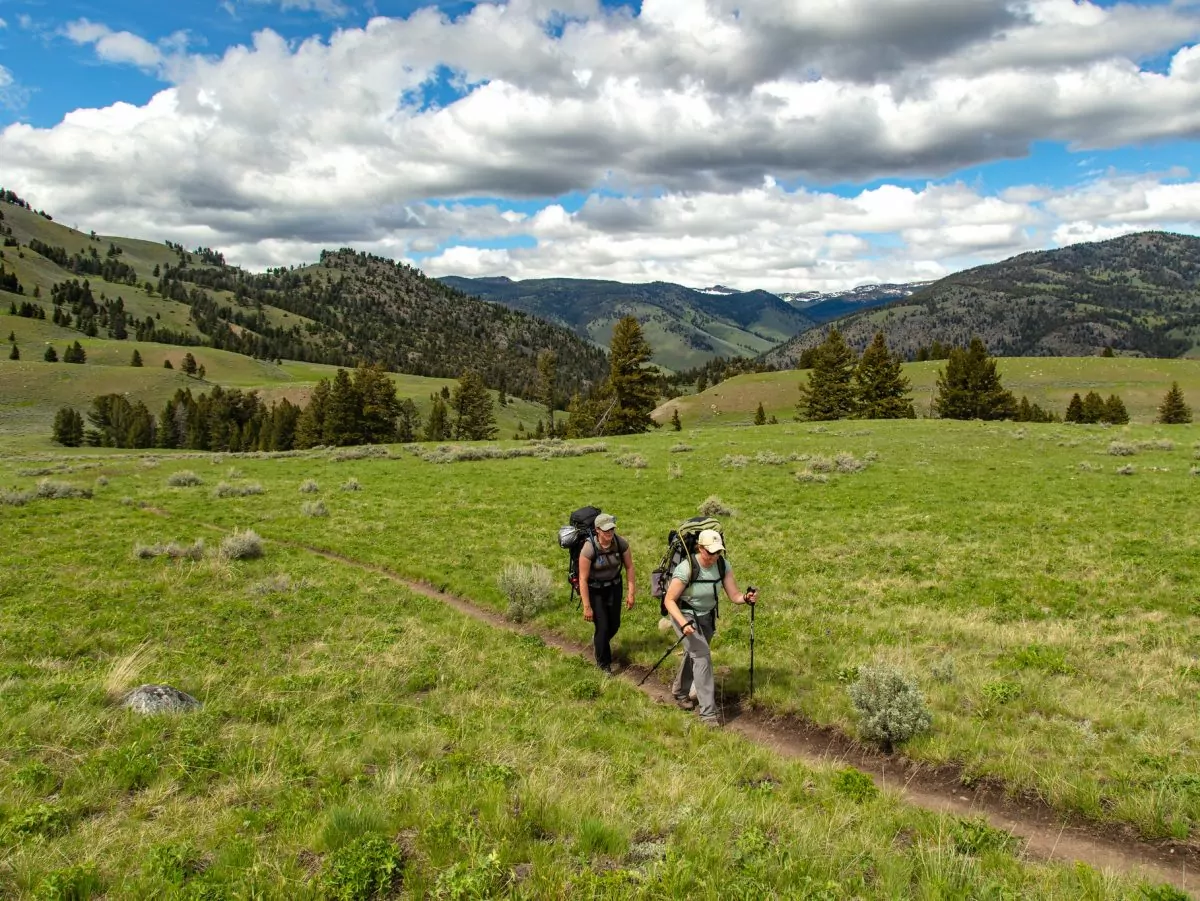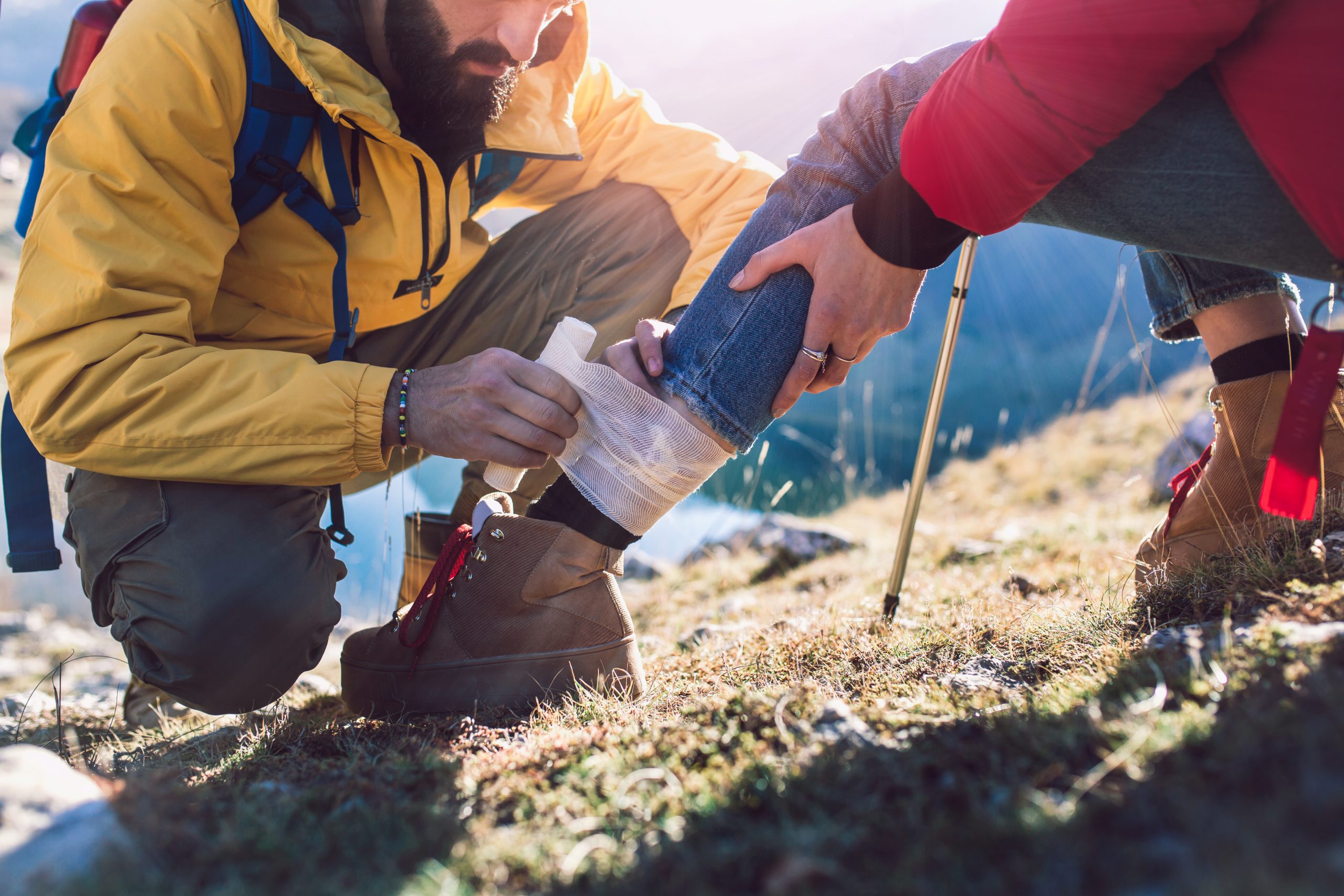The Ultimate Guide to Hiking: Tips and Recommendations for All Levels
To get some exercise and fresh air while also appreciating nature, hiking is hard to beat. Preparation is the key to having a pleasant and secure hiking experience, regardless of whether you are a novice or seasoned hiker. From first-timers to seasoned trekkers, everyone can find useful information in this comprehensive hiking guide.

1. Choosing the Right Trail
When it comes to planning a hiking trip, selecting the right trail is an important decision. Taking on a trail that is too difficult or requires more time and energy than you’re prepared for can take away from the enjoyment of your journey. If you’re a beginner, consider starting with something relatively easy, such as a mostly flat terrain, before moving onto tougher trails as your experience grows. Additionally, be sure to research the trail beforehand so that you know what to expect in terms of difficulty level, distance covered, elevation gain, and current weather conditions. Having detailed information will help ensure that you choose the best trail for your desired outcome and are better prepared for whatever lies ahead!

2. Proper Gear
Geared up and ready to go is what every hiker should strive for when planning a journey. Wearing sturdy, well-fitted hiking boots should be the first step in protecting your feet from the terrain ahead. Backpacks are necessary for carrying extra supplies, such as maps and compasses to ensure you stay on your route. Keeping a water bottle with you throughout the hike will ensure dehydration is not an issue. You’ll also want to bring a basic first-aid kit that contains medications, bandages, and other necessities in case of any minor injuries. Protecting your body from the elements is just as important! Dress for the weather and don’t forget sunscreen, hats, and sunglasses that can make all the difference between a great day of hiking or one ruined in discomfort.

3. Hydration and Nutrition
Staying hydrated and fueled up is key on any hiking adventure. Planning ahead is the best way to ensure a successful and safe journey in the wilderness. Bring lots of water, as your body will need more than usual to stay hydrated throughout the day. And stock up on some snacks that are lightweight but packed with protein and healthy fats such as energy bars, nuts, or dried fruit. Eating well while you hike will help you maintain high energy levels essential to taking on obstacles like heavy trails or steep hills. With the right nutrition and hydration plan, you’ll be able to power through your hike with ease!

4. Pace Yourself
Whether you’re an experienced hiker or relatively new to the sport, it’s important to remember to pace yourself. High-intensity hikes can wait – the most important thing is that you enjoy the experience and have time to appreciate your surroundings. Break up your journey with rest stops and snack breaks, so you don’t push yourself too hard. That way, you’re more likely to make it to your final destination feeling energised, rather than exhausted. Take advantage of every second of your hike by finding a comfortable pace where you can still take in the sights and appreciate the outdoors before you reach your destination.

5. Safety First
One of the most important aspects of a successful and enjoyable hike is safety. Before embarking on a hike, make sure you consider your route and plan accordingly to ensure you are doing what you can to remain safe along the way. Let someone know where you will be going, when you’ll be back, and make sure you equip yourself with all the necessary safety equipment including a detailed map and compass to find your way. Also, it’s best practice to stay on the path that has been set for hikers and never take any unnecessary or dangerous risks. Safety should always come first when planning a hiking adventure!

6. Leave No Trace
Following the “Leave no Trace” mantra is important when backpacking, camping, or simply taking a hike. Not only does it keep our wild spaces in pristine condition, but it also helps us honor and protect nature for generations to come. Opting not to litter is an obvious first step, and properly disposing of trash by carrying it out with you is essential. Additionally, try to stay on the trail while attempting to minimize disruption to wildlife habitats or ecosystems whenever possible. By practicing these simple guidelines we can all help play a part in preserving pristine wilderness and ensure they will remain that way far into the future.

7. Consider Joining a Hiking Group
Joining a hiking group can offer a number of benefits, especially to those new to the activity. Not only will you get to be around other outdoor enthusiasts who share your interests, but they can also help you learn more about the best techniques and trails. Plus, when you join a hiking group there is usually an organized hike put on where people typically travel in groups for a unique experience. So if you’re just getting started with hiking and want to connect with others in the community and have fun exploring different trails, joining a hiking group is a perfect way to do it.
Conclusion
Hiking is a great way to enjoy the outdoors and get some exercise. With proper preparation, anyone can enjoy a successful hike, whether they are a beginner or an experienced hiker. Follow these tips and recommendations to make the most of your hiking experience. Remember to choose the right trail, have the proper gear, stay hydrated and fueled, pace yourself, prioritize safety, leave no trace, and consider joining a hiking group. Happy trails!




